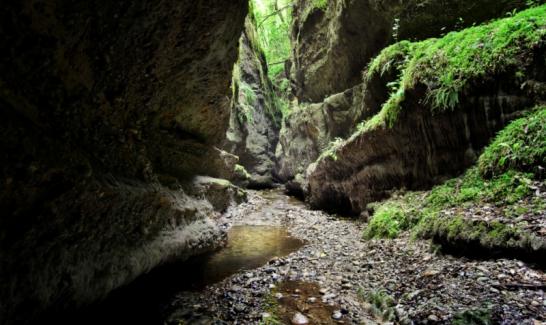The biodiversity of the Plaine du Var has already been quite affected. How to limit any further impacts entailed by the urban development operations? The answers can be found in the Biodiversity Guide produced by the EPA Plaine du Var and which establishes a thorough study of the situation.
An endangered biodiversity
The plaine du Var, with its complex, varied landscape, is marked by a range of environmental challenges. Among these, the different levels around the river bed which require specific care, and the coexistence of rare fauna and flora within an urban environment. A range of obstacles threatens wild life: the migration corridors for birds are hindered by electrical lines (at Lingostière in particular) and public lighting while fish populations are stopped by river dams. Bats are being decimated by pesticides, and natural habitats, such as old stone walls for small animals, destroyed, not to mention the number of animals victims of traffic. Further handicaps to wildlife include the extended agriculture and urban developments, with room for only fragmented natural settings such as the terraced hills of Gattières, Saint-Jeannet or Colomars.
Five priority measures
Within the biodiversity guide, maps have been established, thanks to SIG software, detailing the status, in each area, in terms of housing, quality of the water, state of the canals… The data is analyzed in line with the Grennelle commitment of Green and Blue networks. This measure aims to rebuild and maintain a network to ensure the free mobility of animal and vegetable species in France and to maintain the services which contribute to biodiversity such as water quality, pollination, flood prevention… .
The maps highlights the status for five « sub sets » in the Plaine du Var: water (both the river bed and the du Broc lake), humidity ( within the small valleys), open areas (meadows and brushlands), forest land (pine woods and forests) and rocky areas (cliffs and stone rubbles)
Priority measures have been defined to be taken into account by the Eco-Vallée’s future key actors, and grouped within five categories: 1 Regulation, 2 Urban development, 3 Management, 4 Support, 5 « Nature within the city ».
An educational tool
A gold mine of information of the Plaine du Var’s eco-system, the Biodiversity Guide is an educational tool which should help build awareness and recreate the link between mankind and nature. All sorts of ideas are reviewed within the guide, not only on how to preserve this exceptional natural setting, but how to optimize green spaces within urban areas, how to protect pollinizing insects or to fight off invasive species… Practical advice is given on how to favor swallow nesting, how to restore old walls for lizards and frogs, or for instance, how to put in place a vegetated roofing system on a home.













